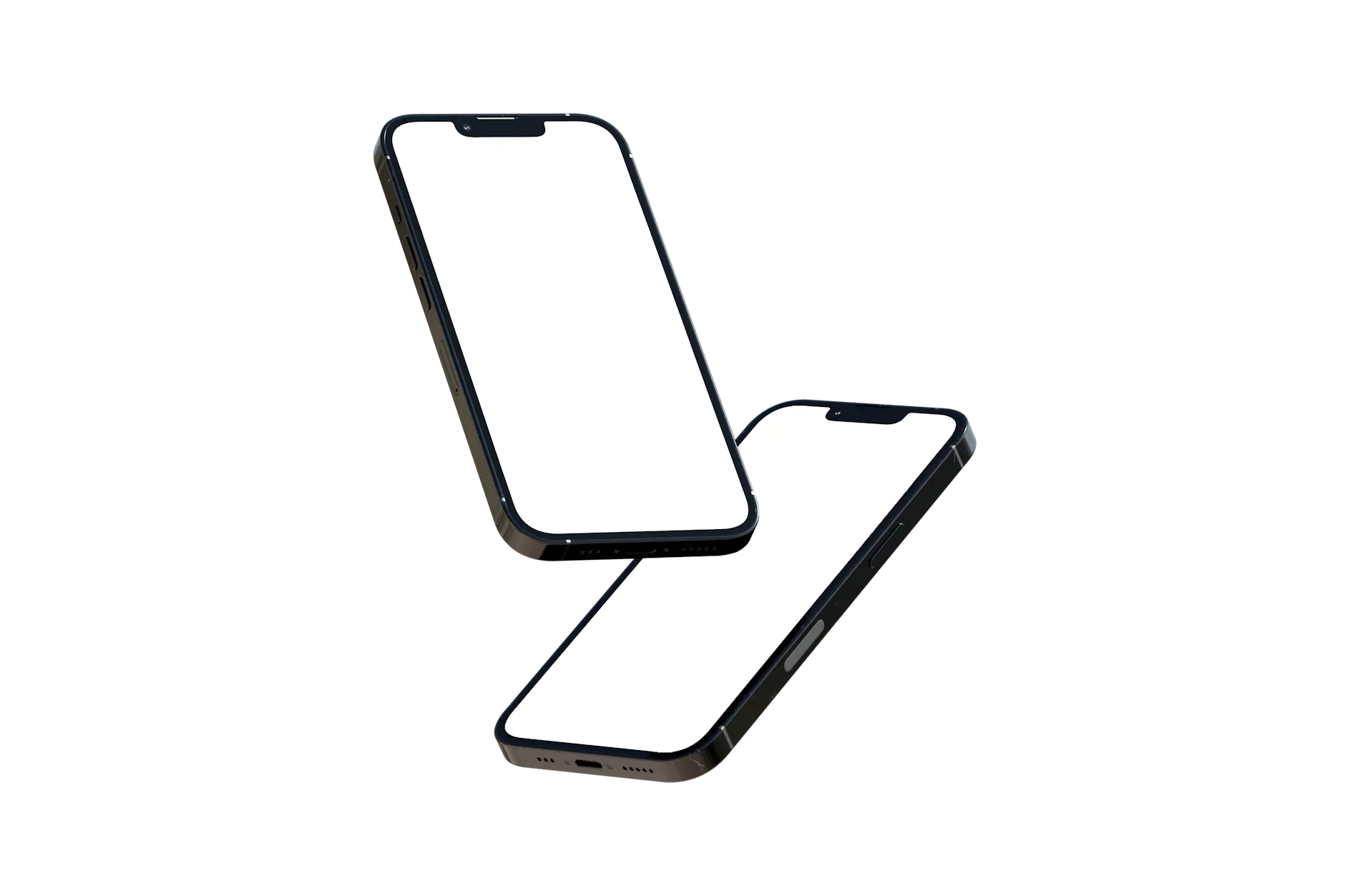How to Create a Chat App: A Comprehensive Guide for Businesses

In today's fast-paced digital world, the ability to communicate effectively and instantly is paramount. If you are looking to enhance your business communication or provide your users with a personalized experience, learning how to create a chat app could be the solution you need. This article will delve into the essentials of chat app development and how it can transform your business.
The Importance of Communication in Business
Effective communication is the cornerstone of any successful business. It fosters teamwork, enhances productivity, and builds strong relationships with clients. With the rise of remote working and digital interactions, creating a chat app has become an invaluable asset for modern businesses. Here’s why:
- Immediate Connectivity: Chat apps allow teams to connect instantly, regardless of their geographical locations.
- Improved Collaboration: They facilitate seamless information sharing, making collaboration easier.
- Cost Efficiency: Using chat apps can be more economical than traditional communication methods.
- Enhanced Customer Interaction: Businesses can engage with customers in real-time, boosting satisfaction and loyalty.
Understanding the Basics of Chat App Development
Before diving into the technical aspects, it’s crucial to understand the common features that most chat apps should include:
- User Authentication: Securely manage user logins and profiles.
- Real-Time Messaging: Provide instant message delivery and receipt notifications.
- Media Sharing: Allow users to share images, videos, and files easily.
- Push Notifications: Keep users informed with real-time alerts.
- Chat History: Enable users to access their past conversations.
Steps to Create a Chat App
1. Define Your Purpose and Audience
Identifying the purpose of your chat app is crucial. Are you targeting businesses, customers, or a niche community? Understanding your audience will help shape the app's features and design.
2. Choose the Right Technology Stack
Selecting the appropriate technology stack is essential for the app's performance and scalability. Here are some popular choices:
- Frontend: React Native, Flutter, or Swift for iOS and Java for Android.
- Backend: Node.js, Django, or Ruby on Rails.
- Database: MongoDB, Firebase, or PostgreSQL.
- Real-Time Communication: WebSocket or MQTT can facilitate real-time messaging.
3. Design the User Interface
A user-friendly interface is critical for user retention. Keep the design simple, intuitive, and visually appealing. Consider the following:
- Use consistent colors and fonts that reflect your brand.
- Ensure easy navigation throughout the app.
- Incorporate engaging interactive elements.
4. Develop and Integrate Features
This is where the core development begins. Focus on integrating features that enhance user experience:
- Real-Time Messaging: Set up WebSocket connections for live chat.
- Media Integration: Enable file sharing through cloud storage solutions.
- Group Chats: Implement group functionalities for large conversations.
- Search Functionality: Allow users to search chat histories efficiently.
5. Testing and Quality Assurance
Before launching, thorough testing is crucial. This includes:
- Functionality Testing: Ensure all features work as intended.
- Performance Testing: Test the app under various loads.
- User Acceptance Testing: Gather feedback from potential users and refine accordingly.
6. Launching the App
After successful testing, it’s time to launch! Choose the right platform (iOS, Android, or both) and consider a marketing strategy to promote your app effectively. Utilize your existing customer base, social media, and online ads to create buzz.
Post-Launch: Maintaining and Updating Your Chat App
The launch of your app is just the beginning. Continuous maintenance and updates are vital:
- User Feedback: Regularly collect user feedback for improvements.
- Regular Updates: Introduce new features based on user needs.
- Security Monitoring: Ensure the app remains secure from potential threats.
Benefits of a Customized Chat App for Your Business
When you learn how to create a chat app, you open up numerous possibilities for enhancing your business:
- Branding: A custom chat app strengthens your brand identity.
- Data Ownership: Retain control over customer interactions and data.
- Long-Term Cost Savings: A well-developed chat app can reduce costs associated with third-party apps.
- Customer Insight: Gain valuable insights from chat interactions to inform business strategies.
Conclusion
Creating a chat app might seem like a daunting task, yet with the right approach and resources, it can significantly enhance your business communication strategy. By understanding your audience, choosing the appropriate technology, and focusing on user experience, your app can become an indispensable tool for both your team and customers. Embrace the future of communication and position your business at the forefront of innovation through effective app development.
Don’t wait any longer—start planning and take the first step towards creating a chat app that can elevate your business communication!









